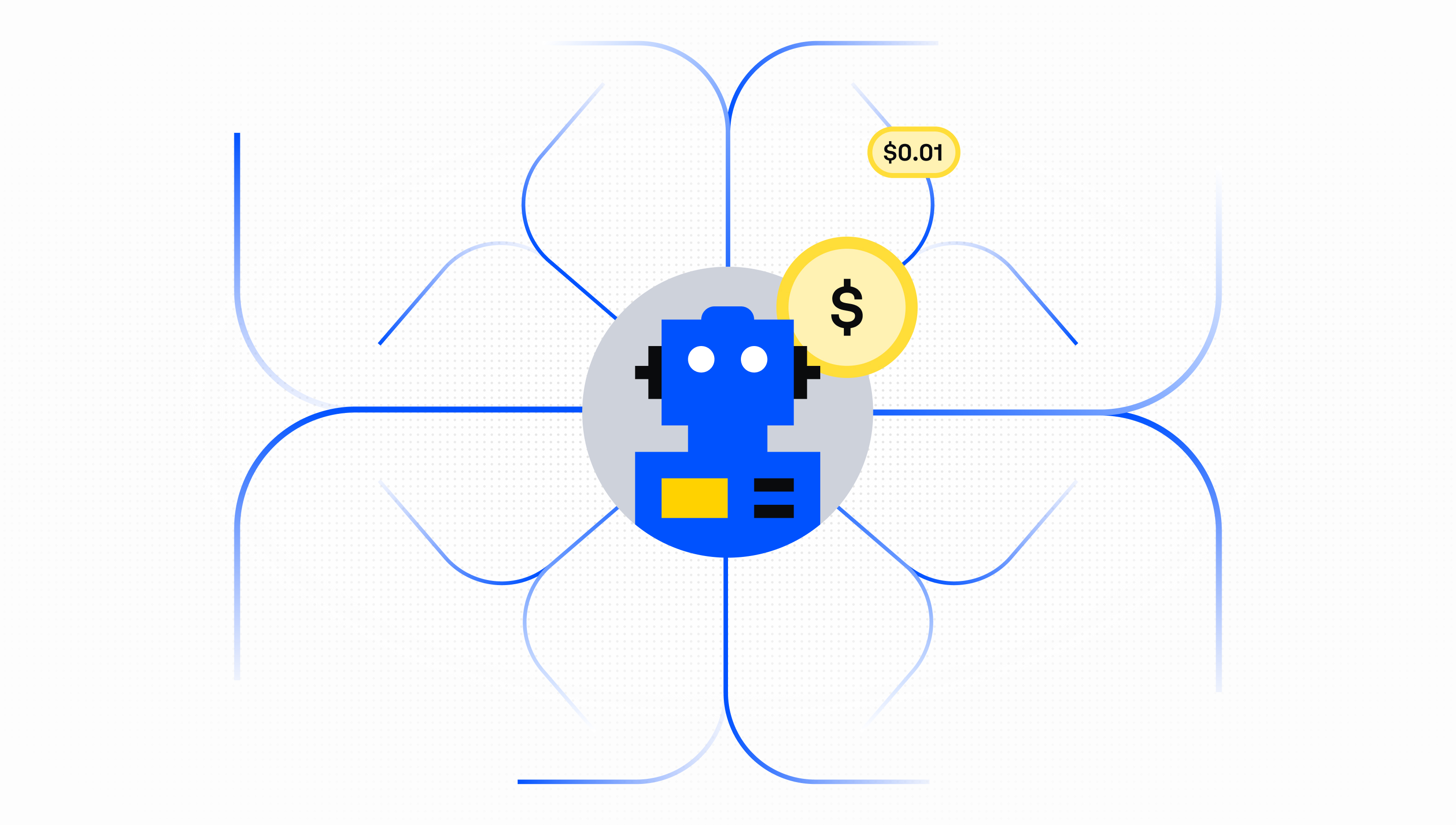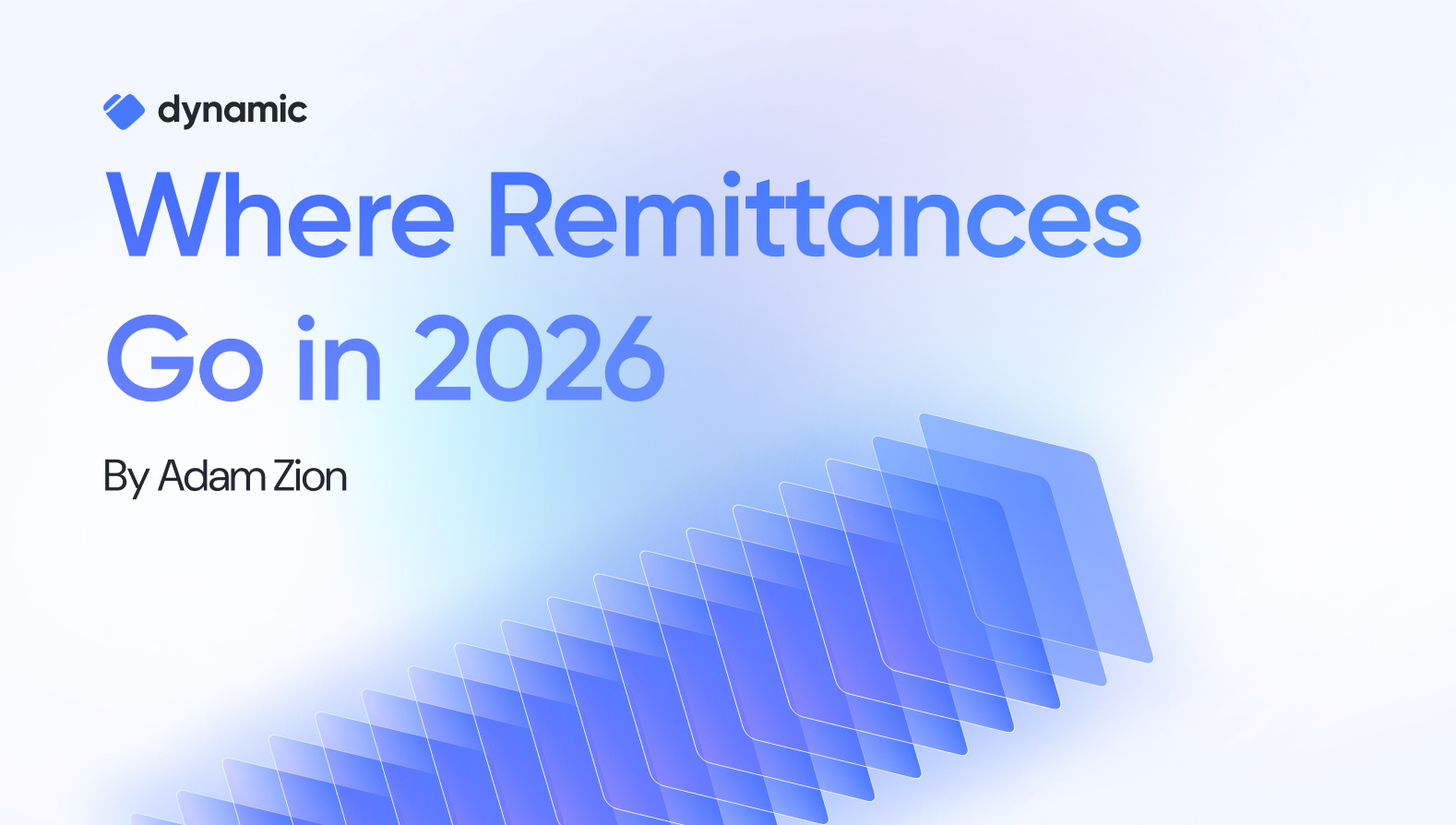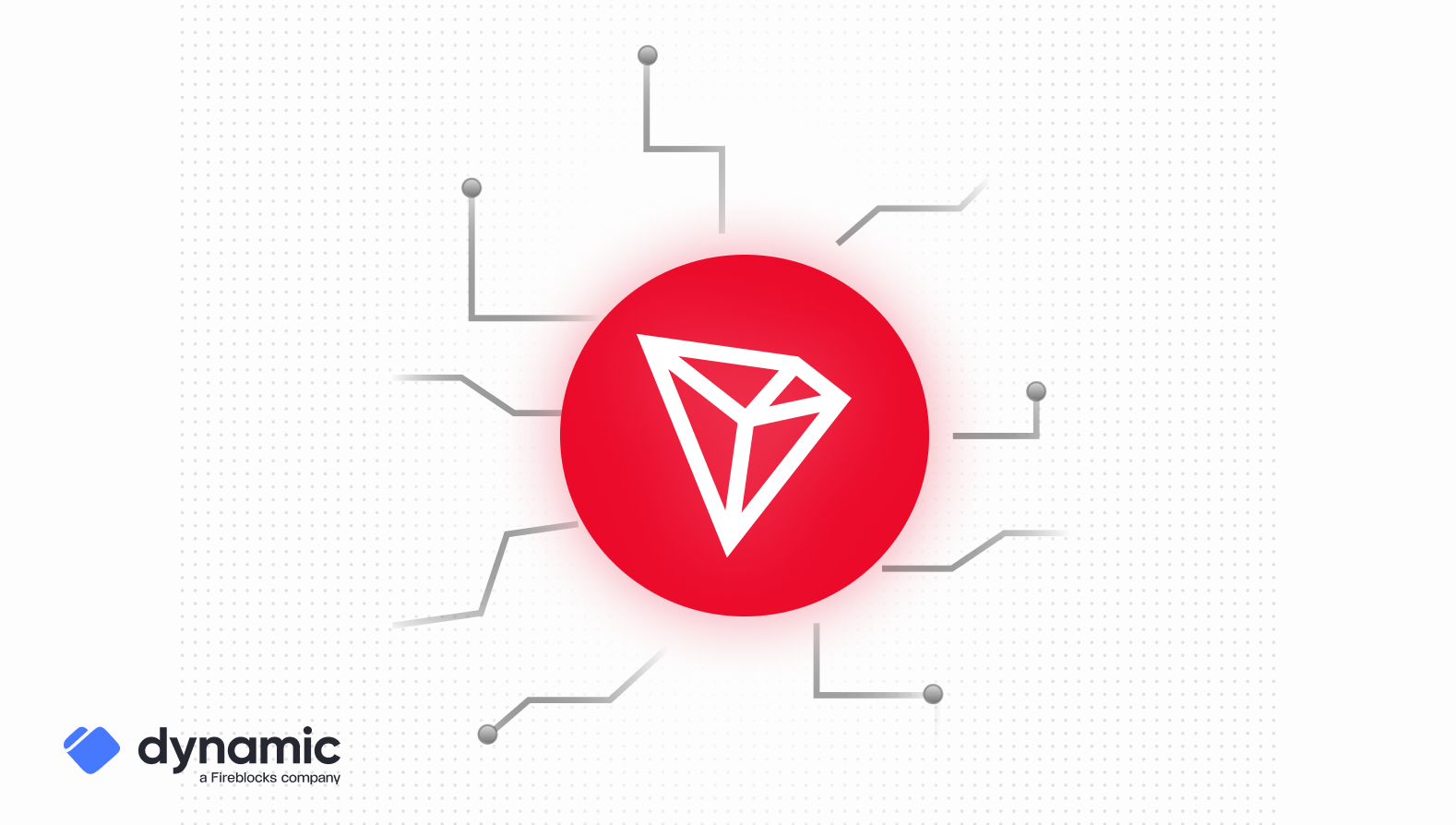How x402 and Dynamic Enable Internet-Native Payments for AI and APIs


The internet is entering its next era. In this new era, AI agents, APIs, and autonomous apps transact on their own. But today’s payment rails weren’t built for this world. We need a system that’s as native to machines as HTTP is for data.
Enter x402, an open payment protocol developed by Coinbase, now supported by the newly formed x402 Foundation from Coinbase and Cloudflare. x402 brings new life to the little-used HTTP 402 “Payment Required” status code, using it to enable instant, onchain payments as part of a standard web request.
The x402 Payment Flow
Here’s how the x402 payment flow works, step by step:
- Client makes a request: The buyer calls an API or requests a resource.
- Server replies with 402 Payment Required: The server includes payment instructions in the response.
- Client constructs payment: Using a wallet, the client builds a payment payload.
- Client resends the request with payment: This time, it includes the signed payment in the header.
- Server verifies the payment: Either locally or using a facilitator service.
- Settlement happens onchain: The facilitator (or server) submits the payment to the blockchain.
- Resource is delivered: The server responds and delivers the requested data.
How x402 Works with Dynamic
x402 fits naturally into Dynamic’s wallet stack because both are built around simple request and response patterns. When an API returns a “402 Payment Required” status, Dynamic provides the signing layer that authorizes the payment and resends the request without requiring traditional checkout flows, accounts or sessions. This creates a smooth experience for both users and autonomous agents.
Once a 402 response is returned, Dynamic can sign the payment payload using an embedded MPC wallet and attach it as an X-Payment header on the next request. A facilitator such as Coinbase then settles the payment onchain and sponsors gas for the buyer. The result is a clean payment loop that works with standard HTTP tooling.
Developers can choose between embedded wallets or external wallets through the Node SDK. Embedded wallets can be implemented as consumer wallets (browser-based) or server wallets, depending on the use case. The setup remains lightweight because x402 only requires small frontend and backend middleware and a wallet capable of signing messages.
Key advantages of using x402 with Dynamic:
- Smooth signing: Embedded wallets sign payments in the background for a frictionless experience.
- Flexible wallet support: Works with both Dynamic embedded wallets and external wallets through Dynamic’s adapter.
- Agent compatible: Supports server initiated and agent initiated payments through the Node SDK.
- Low overhead for developers: Minimal setup using familiar HTTP tooling.
- Future ready: Can support additional facilitators and networks without changing the core flow.
Use Cases that x402 Unlocks
Instead of redirects or checkout pages, x402 enables simple pay-per-request commerce that happens instantly over HTTP. Buyers can also remain in control by setting parameters such as maximum spending limits.
Below are some impactful use cases that become possible:
- Usage-based AI billing: AI models can charge per inference so agents pay only for what they consume.
- API monetization: Developers can charge per request instead of selling subscriptions.
- Autonomous agent commerce: Agents can discover services, call APIs and pay programmatically as part of autonomous workflows.
- Micropayments: Tiny payments that are impractical with traditional rails become viable for frequent or low cost requests.
- Background payments: Silent per call billing allows buyers to continue workflows without interruptions or UI prompts.
- Networked agent ecosystems: x402 can act as the payment primitive for emerging networks of interoperable agents that collaborate to complete tasks.
The Role of Facilitators
One of the biggest challenges for developers is blockchain infrastructure. x402 solves this by introducing facilitators; services that verify and settle payments on behalf of the seller.
Coinbase Developer Platform (CDP) offers a hosted facilitator that provides:
- Fee-free USDC payments on Base
- Fast settlement with onchain finality
- Built-in compliance checks and OFAC screening
- Simplified setup so developers can get started with minimal overhead
Future roadmap items include service discovery for buyers, credit-based billing, additional networks, and optional seller attestations (such as geo-blocking).
The Benefits that x402 Brings to Builders
x402 is more than just another payment API. It simplifies approaches that were previously hard to implement, making them practical at scale:
- Micropayments made simple: Charge fractions of a cent per call without dealing with card minimums or expensive fees.
- Enhanced user experience: Remove the friction of accounts and checkout flows so users (or agents) can pay and move on instantly.
- Compliance support: x402 can work with facilitators that provide KYT and risk screening, reducing the overhead of managing compliance yourself.
- Clear visibility into revenue: Real-time dashboards make it easy to track transactions, balances, and performance.
Share this article




